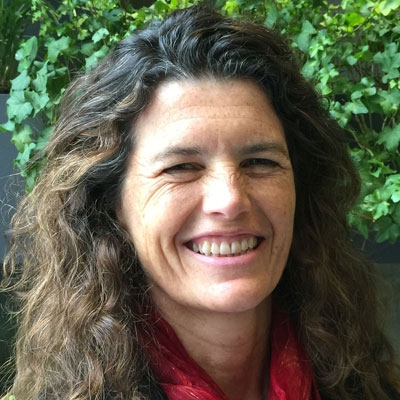A Changing Climate Means A Changing Society. The Island Press Urban Resilience Project, Supported By The Kresge Foundation And The JPB Foundation, Is Committed To A Greener, Fairer Future For All. This Post Was Originally Published On The Energy Collective.com.
Heat or eat: that’s the stark choice faced by many low-income families during cold New York winters, according to Scott Oliver of PathStone, a non-profit group in upstate New York. But that could change. In January, New York State Governor Andrew Cuomo launched a new $5 billion Clean Energy Fund that will sharply reduce the state’s greenhouse gas emissions while also lowering energy costs for low-income families.
Energy costs are a heavy burden for many: poor households spend more than three times as much of their income on energy as their wealthier neighbors, according to the American Council for an Energy-Efficient Economy. A home’s energy efficiency—particularly in climates with extremes of very cold winters or very hot summers—is a key factor in energy costs.
Those costs weigh heavily on every aspect of life. Paying more for heat or cooling means less ability to buy healthy foods, pay for doctor visits, or cover other life necessities. Under-heated homes in winter can increase circulatory and respiratory problems, and produce anxiety and depression. Hot weather is no better, leaving people who can’t afford air conditioning—particularly the elderly—vulnerable during increasingly frequent heat waves.

In New York State, a number of programs are now in place to reduce energy burdens for low-income renters and homeowners. There are programs that provide payment assistance with high energy bills, for example, and home weatherization programs. But currently, need far outstrips the supply. PathStone, for example, knits together grants and subsidies to renovate homes for low income homeowners, often enabling people to stay in homes that might otherwise be condemned or uninsurable. But Oliver says, “The need is so huge. [We’re] doing 10 houses a year here, 10 houses a year there. There are 90,000 houses in the city of Rochester. Even if we only had to work on a quarter of them that’s over 20,000 houses.”
To address these problems, the Clean Energy Fund seeks to unleash a wave of innovation and cross-sector collaboration. A design competition will mobilize ingenuity in the manufacturing and construction sectors to bring down the cost of “deep energy retrofits” (energy use reduction of roughly 70%) for multi-family affordable housing. With 1.7 million units of such housing across the state, the size of the market should create a business opportunity for manufacturers and contractors.
Financial incentives are important. That’s why the Fund is developing new mechanisms for property owners to receive a return on their investment in energy retrofits, while low income residents benefit from lowered electric bills. Also in the works: financial and insurance instruments to help low- and middle-income homeowners pay for energy retrofits and renewable energy projects, and mechanisms that give utilities a stake in promoting energy efficiency.
New York is exploring how the health sector can get involved, given the health benefits of improved housing and reduced energy burdens. Collaboration among affordable housing providers, community developers, utilities and low income service providers will also be key.
The Fund’s energy efficiency measures will reduce greenhouse gas emissions by lowering demand for energy in New York State. And the Fund targets the energy supply as well, with financing and incentives that seek to shift half of the state’s production to renewable energy sources—including solar and wind– by 2030.
New York’s Clean Energy Fund was inspired by the EPA’s Clean Power Plan (CPP), which requires states to reduce greenhouse gas emissions from the energy sector to mitigate climate change. While the federal law is tied up in litigation and some states have put implementation on hold, New York is among a handful of states that are moving decisively ahead to reduce carbon emissions.
New York is showing that cutting carbon emissions doesn’t have to hurt. In fact, by improving energy efficiency and lightening the energy burden for low-income families, these measures can substantially improve the lives of the most vulnerable people. “Heat or eat” is a choice no one should ever have to make.


